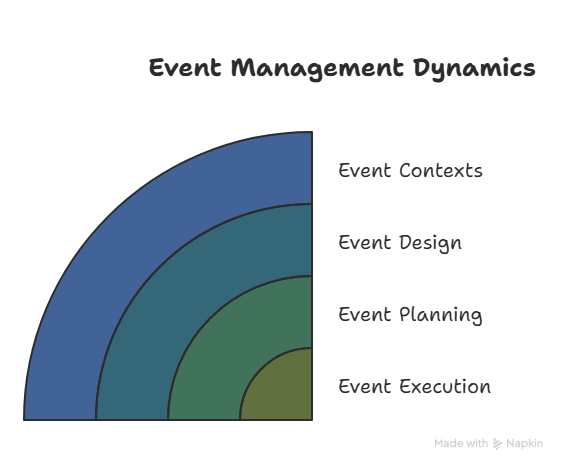Navigating the Benefits of North Carolina Group Health Insurance

North Carolina Group Health Insurance plays a critical role in helping employers and employees access affordable, comprehensive healthcare. In today’s rapidly evolving healthcare landscape, businesses across the Tar Heel State are seeking efficient ways to ensure their workforce remains healthy and productive. Group health insurance is one of the most effective tools to achieve this balance, offering benefits for both employers and employees.
As the cost of individual health coverage continues to rise, group plans provide a cost-effective solution that spreads risk across a larger pool. North Carolina, known for its diverse economy spanning agriculture, finance, and technology, sees companies of all sizes using group insurance to stay competitive in attracting and retaining top talent.
What Is Group Health Insurance?
Group health insurance is a single policy issued to a group, typically a business with employees, providing coverage to all eligible members and, in many cases, their dependents. Employers pay a significant portion of the premiums, which makes this option more affordable than purchasing individual plans on the marketplace.
These policies usually cover essential health benefits, such as doctor visits, hospital stays, prescription drugs, preventive care, and emergency services. Employees often enjoy better coverage options and lower out of pocket costs, making group health plans a valued component of any benefits package.
Why Group Health Insurance Matters in North Carolina
North Carolina’s economy includes large employers like Duke Energy, Bank of America, and a robust healthcare and education sector. But the state also has a thriving small business community that significantly contributes to its economic vitality. For these smaller enterprises, offering group health insurance can be a game changer in recruitment and employee satisfaction.
Additionally, the North Carolina Department of Insurance (NCDOI) ensures that all group health plans comply with both state and federal regulations. This oversight helps maintain plan integrity and consumer protections. Moreover, certain small businesses may qualify for tax credits under the Affordable Care Act (ACA), making group plans even more accessible.

Benefits for Employers
For North Carolina businesses, group health insurance can lead to several strategic advantages:
- Attracting Top Talent: A robust benefits package that includes health insurance can set a company apart in a competitive job market.
- Improved Employee Retention: Employees are more likely to stay with companies that offer stable, affordable healthcare.
- Tax Incentives: Employers can deduct the cost of premiums and may qualify for additional credits.
- Healthier Workforce: Access to preventative care and regular checkups leads to fewer sick days and higher productivity.
Offering health insurance isn’t just an ethical choice it’s a smart business decision.
Advantages for Employees
Employees also benefit significantly from group health insurance:
- Lower Premiums: Group coverage is generally less expensive than individual policies.
- Comprehensive Coverage: Group plans often provide broader coverage and lower deductibles.
- Pre Tax Contributions: Employees can pay their portion of premiums with pre tax dollars, increasing their take home pay.
- Security and Peace of Mind: Access to reliable healthcare helps reduce stress and improve well-being.
This mutual benefit for employers and employees strengthens the workplace and fosters a more engaged, loyal workforce.

Customizing Group Plans in North Carolina
Insurance providers in North Carolina offer a variety of customizable group health options to fit different business sizes and budgets. From Health Maintenance Organizations (HMOs) to Preferred Provider Organizations (PPOs), employers can select plans that align with their workforce’s healthcare needs.
Brokers and insurance consultants can help businesses navigate these options and stay compliant with federal mandates such as COBRA, HIPAA, and ACA regulations.
How to Get Started
Businesses interested in implementing a group health plan should follow a few key steps:
- Assess Company Needs: Consider budget, workforce size, and employee preferences.
- Compare Providers: Review several insurers to find the most cost effective, comprehensive plan.
- Consult a Licensed Broker: Brokers can help streamline the enrollment process and ensure compliance.
- Communicate with Employees: Clearly explain the benefits, coverage details, and any cost sharing involved.
Transparency and open communication are essential for a smooth rollout and long term success.
Conclusion
Choosing the right health insurance plan is a major decision for any North Carolina employer. By investing in group health insurance, businesses not only protect their team’s well-being but also strengthen their company’s foundation for growth and success. Whether you’re a small startup or a mid sized firm, offering group health benefits can elevate your organization’s appeal and contribute to a healthier, happier workforce.






























